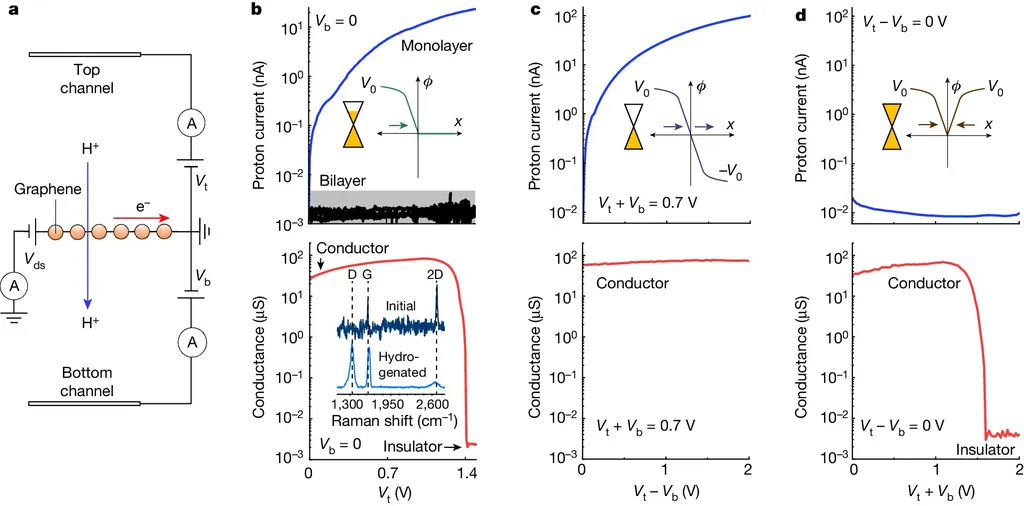In a significant stride towards enhancing carbon capture technologies, researchers have combined computational simulations with experimental validation to better understand the interaction between graphene and CO₂. The study, published in the journal “Next Materials” (formerly known as “Future Materials”), offers promising insights for the energy sector, particularly in the realm of sustainable carbon capture.
At the heart of this research is the use of Density Functional Theory (DFT) and Molecular Dynamics (MD) simulations, which provide a detailed look at the atomic and molecular interactions between graphene and CO₂. The lead author, Atti Srinivas from the Department of Chemical Engineering at the National Institute of Technology Tiruchirappalli, explains, “By simulating these interactions under various conditions, we can identify the optimal parameters for maximizing CO₂ adsorption.”
The study revealed that the application of an electric field significantly increases the adsorption energy of CO₂ on graphene. This finding was corroborated by experimental data, which showed enhanced CO₂ uptake under similar conditions. “The close agreement between our simulations and experimental results confirms the accuracy of our model,” Srinivas notes. “This is a crucial step in designing more efficient graphene-based adsorbents for carbon capture.”
One of the key challenges addressed in the study was the discrepancy between the assumed complete surface accessibility of graphene in simulations and the actual surface coverage observed in experiments, which ranged from 50% to 80% due to constraints in coating homogeneity. Understanding this gap is vital for translating theoretical models into practical applications.
The implications of this research for the energy sector are substantial. Graphene-based materials have garnered significant interest for CO₂ capture due to their unique physicochemical properties and tunable surface characteristics. The insights gained from this study could lead to the development of more efficient and cost-effective carbon capture technologies, which are essential for reducing greenhouse gas emissions and mitigating climate change.
As we look to the future, the integration of computational simulations with experimental validation holds great promise for advancing the field of carbon capture. Srinivas envisions, “This approach could be extended to other materials and conditions, paving the way for innovative solutions in sustainable energy and environmental protection.”
In summary, this research not only deepens our understanding of graphene-CO₂ interactions but also highlights the potential of combining theoretical and experimental methods to drive progress in the energy sector. As the world seeks sustainable solutions to combat climate change, the insights from this study offer a beacon of hope and a roadmap for future developments.

